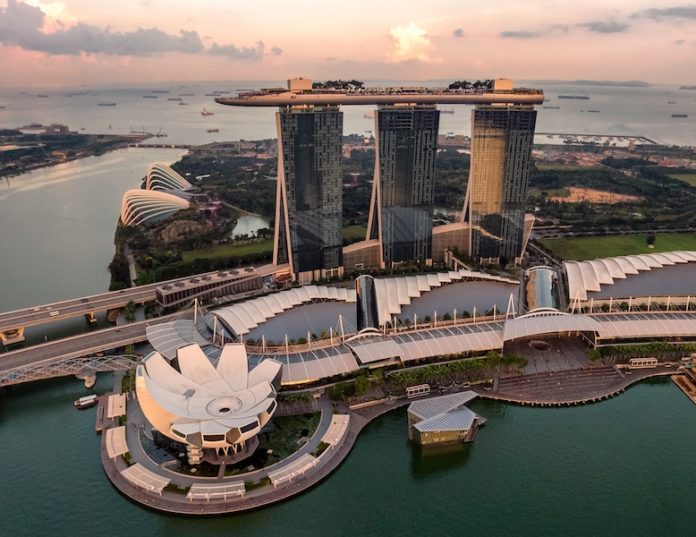Singapore remains the leading country in Asia in terms of innovation but dropped by three notches to become eighth globally, according to the Global Innovation Index 2019.
Singapore remains the leading country in Asia in terms of innovation but dropped by three notches to become eighth globally, according to the Global Innovation Index 2019.
The index is prepared by INSEAD, WIPO, Cornell University and measures the innovation performance of 129 economies worldwide.
“Singapore remains a remarkable example of ‘under-rewarded champion’ — it is still the world’s No. 1 on input, while remaining ‘only’ No. 15 for output,” said Bruno Lanvin, executive director for global indices at INSEAD.
“(Singapore) is the world’s champion in terms of government stability and effectiveness, and for tertiary education,” Lanvin said.
He explained that Singapore’s drop from 5th place in 2018 is due to a combination of factors, including on the “Global R&D companies” variable after the relocation of the major R&D spender (Broadcom) to the United States.
“Continued efforts made in Singapore around education (coding, artificial intelligence) and innovation (sandpits, incubators) are bound to improve the country’s output score in the future,” Lanvin added.
Globally, Switzerland is the leader for the ninth consecutive year, while Sweden returns to the 2nd position and the US moves up to 3rd.
The index ranking is based on 80 indicators, from traditional measurements like research and development investments and international patent and trademark applications to newer indicators including mobile-phone app creation and high-tech exports.
The GII 2019 also looks at the economic context. Despite signs of slowing economic growth, innovation continues to blossom, particularly in Asia, but pressures are looming from trade disruptions and protectionism. The report shows that sound government planning for innovation is critical for success.
“The GII shows us that countries that prioritize innovation in their policies have seen significant increases in their rankings,” said, WIPO director general Francis Gurry.
“The rise in the GII by economic powerhouses like China (which leads its income group) and India (which leads Central and Southern Asia) have transformed the geography of innovation and this reflects deliberate policy action to promote innovation,” Gurry said.
The index is prepared by INSEAD, WIPO, Cornell University and measures the innovation performance of 129 economies worldwide.
“Singapore remains a remarkable example of ‘under-rewarded champion’ — it is still the world’s No. 1 on input, while remaining ‘only’ No. 15 for output,” said Bruno Lanvin, executive director for global indices at INSEAD.
“(Singapore) is the world’s champion in terms of government stability and effectiveness, and for tertiary education,” Lanvin said.
He explained that Singapore’s drop from 5th place in 2018 is due to a combination of factors, including on the “Global R&D companies” variable after the relocation of the major R&D spender (Broadcom) to the United States.
“Continued efforts made in Singapore around education (coding, artificial intelligence) and innovation (sandpits, incubators) are bound to improve the country’s output score in the future,” Lanvin added.
Globally, Switzerland is the leader for the ninth consecutive year, while Sweden returns to the 2nd position and the US moves up to 3rd.
The index ranking is based on 80 indicators, from traditional measurements like research and development investments and international patent and trademark applications to newer indicators including mobile-phone app creation and high-tech exports.
The GII 2019 also looks at the economic context. Despite signs of slowing economic growth, innovation continues to blossom, particularly in Asia, but pressures are looming from trade disruptions and protectionism. The report shows that sound government planning for innovation is critical for success.
“The GII shows us that countries that prioritize innovation in their policies have seen significant increases in their rankings,” said, WIPO director general Francis Gurry.
“The rise in the GII by economic powerhouses like China (which leads its income group) and India (which leads Central and Southern Asia) have transformed the geography of innovation and this reflects deliberate policy action to promote innovation,” Gurry said.
















